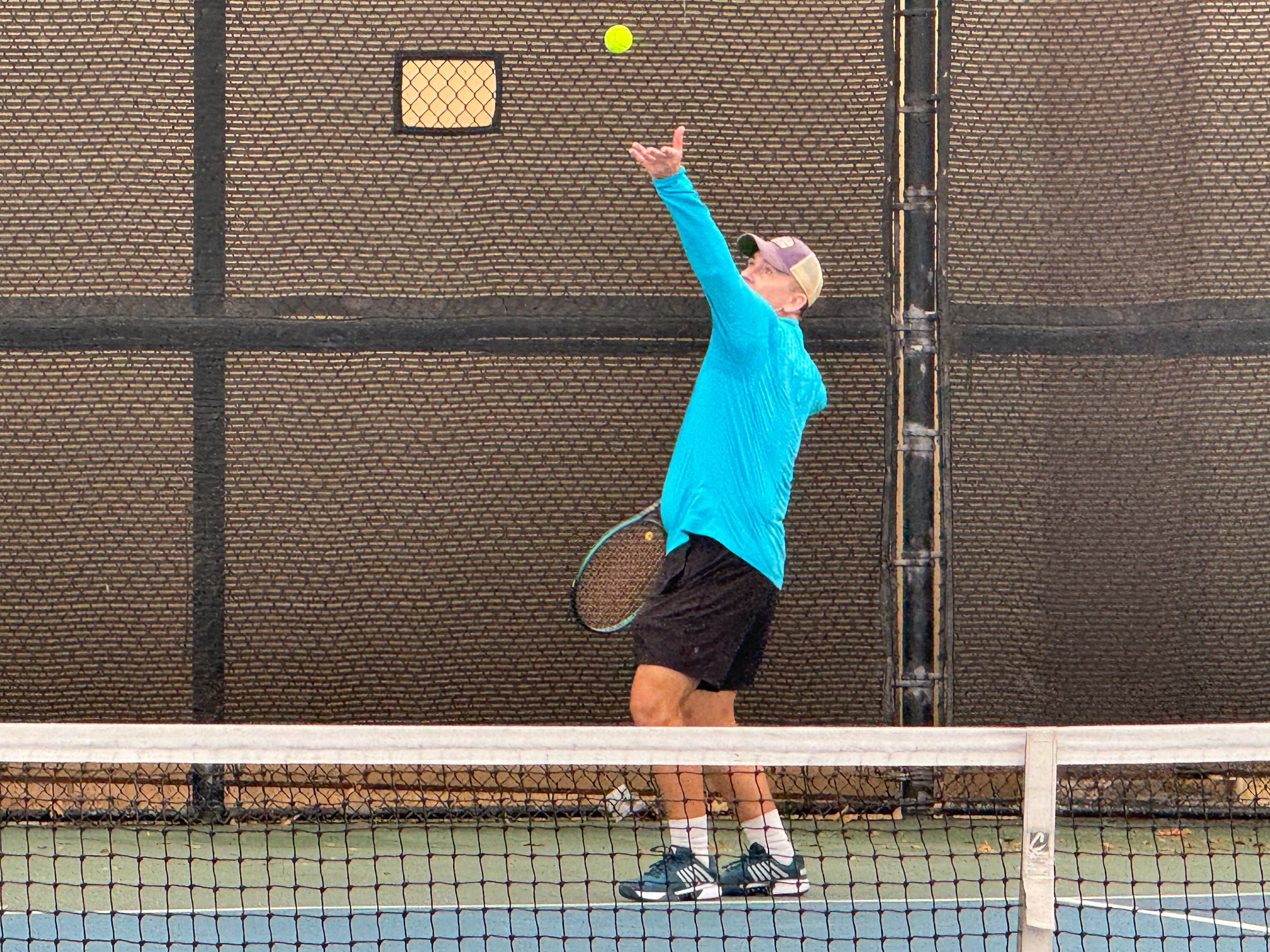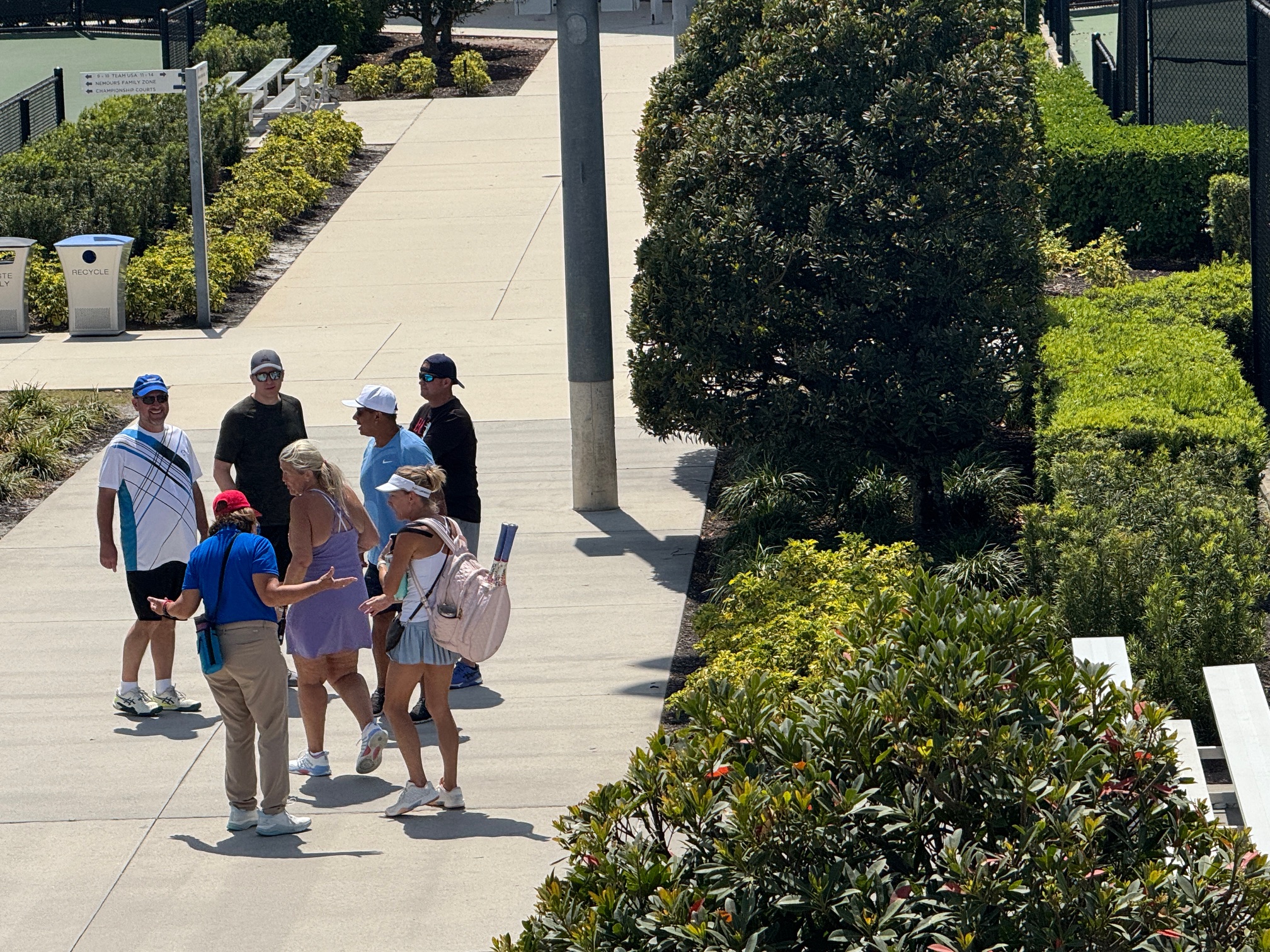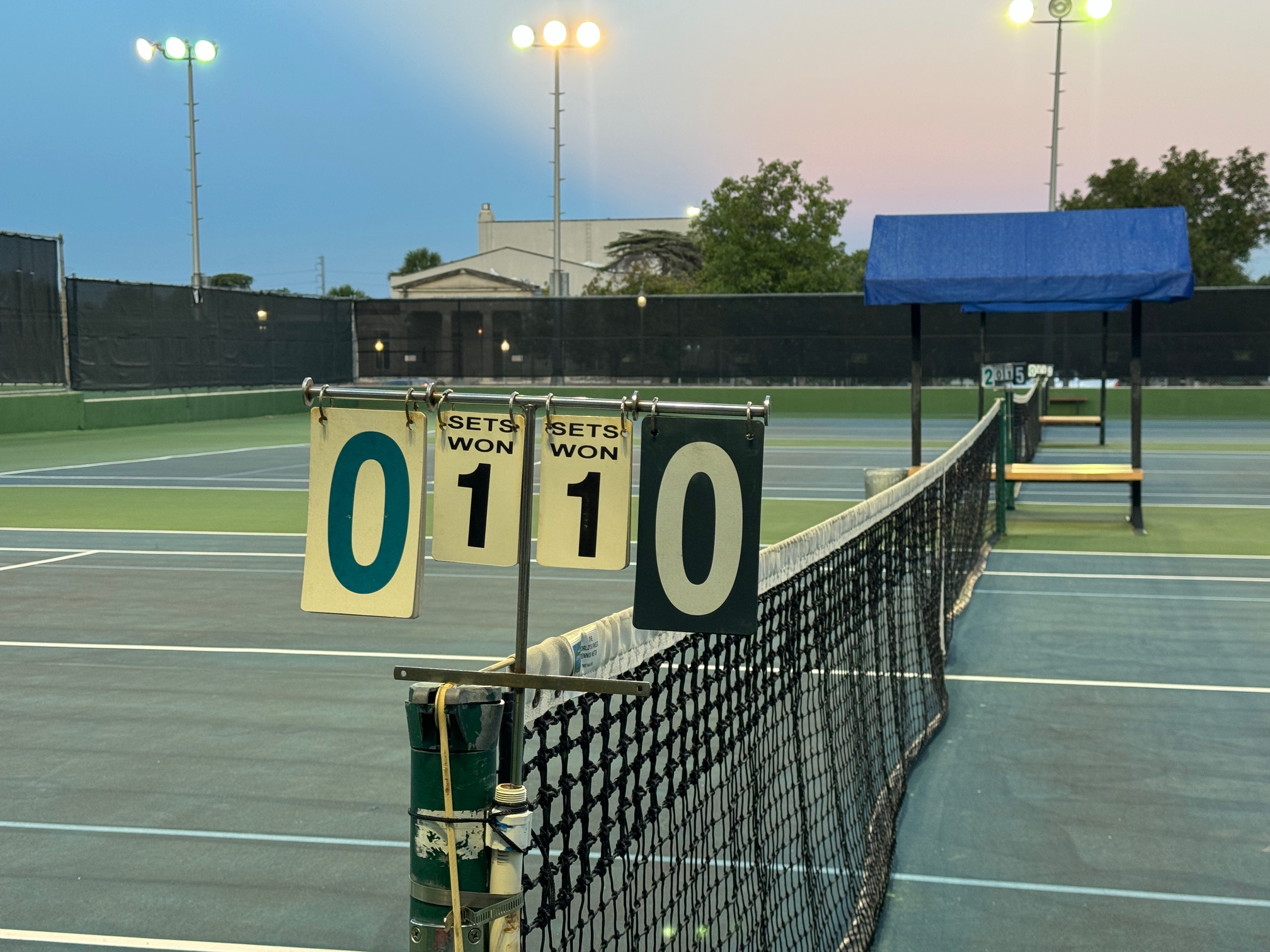A couple of weeks ago, “Delusions of Video Review in Tennis” shared the semi-hot take that video review probably won’t work the way people bemoaning recent controversial calls from the Cincinnati Open anticipated. As it turns out, the most highly publicized use of the experimental rule at the US Open last week supports that assertion.
During a third-round match against Beatriz Haddad Maia, Anna Kalinskaya hit a drop shot that bounced once before Haddad Maia played it at about the same time as it either did (or would have) bounced again. After the point was awarded to Haddad Maia, Kalinskaya invoked a video review as she believed the shot was “not up.” Following a few minutes of review, chair umpire Miriam Bley announced that the call would stand.
Unfortunately, after the review was finalized, an additional angle was shown on the broadcast that the chair umpire did not see before making the call. That new footage clearly shows the ball bouncing a second time. It isn’t totally clear if that was before or after the racquet touched the ball, but it doesn’t matter. The point should have gone to Kalinskaya. The USTA subsequently acknowledged that the wrong call was made.
To reiterate my position from a couple of weeks ago, video review is both technologically feasible and very good for the game. However, any fan expectation that it will lead to universal agreement on the correct call is unrealistic. Based on the video provided to Bley, the call could not be overturned because it was inconclusive.
I am all for expanding video review in tennis when the technology and officiating infrastructure can support it. However, it is essential to recognize its limitations as it will not be a panacea for all that can go wrong when humans make judgment calls. As I observed in “Delusions of Video Review in Tennis,” the enhanced video that fuels fan outrage typically isn’t available in real-time. Additionally, once any “editing for clarity” comes into play, that can be manipulated toward one player or the other.
As predicted in the instances that sparked that previous post, the video review of this incident didn’t change the outcome. Instead, the outrage shifted from the initial call to the fact that it wasn’t overturned on video review. However, Bley had no basis on which to overturn her initial call.
While the spokesperson for the US Open issued a statement that video review operators have been instructed to provide all angles to the officials, that is an oversimplified solution. Doing so would entail monitoring feeds from multiple sources, which creates additional workload and delays. In this case, the video review staff likely didn’t have access to the alternate angle.
I am low-key annoyed at the social media vilification of Haddad Maia over not admitting or acknowledging the double bounce. The number of current and former players who assert that players at that level infallibly know if they played that particular shot cleanly is ridiculous. Those clutching their pearls and proclaiming they absolutely would have known should be thankful that they played in an era that didn’t have nearly as much video coverage as these current times.
Video reviews in tennis are technologically feasible but not infallible. One lesson we should all learn from the Beatriz Haddad Maia and Anna Kalinskaya controversy at the US Open is that video reviews may not always resolve disputes to everyone’s satisfaction. Even with video technology, human error and the limitations of available footage can affect decisions. As such, fans should temper their expectations and understand that video review is a helpful tool but not a perfect solution for all controversial calls in tennis.
- A wrong replay at the US Open leads a chair umpire to get a call wrong on a video review, Howard Fendrich, AP News, September 1, 2024.




As an Official, I can confidently state that players at ALL levels (myself included on occasion), believe in the infallibility of their judgement of close calls. May I suggest reading the results of a study of line calls at Wimbledon done by the psychology department at UC Davis titled “Perceptual mislocalization of bouncing balls by professional tennis referees”. Although the study addresses line calls, the effect of our innate optical bias is something that cannot be avoided. (As a reminder: you cannot call a not-up on your opponent. It is their call to make on themselves, as any call on their side of the court is theirs to make.)